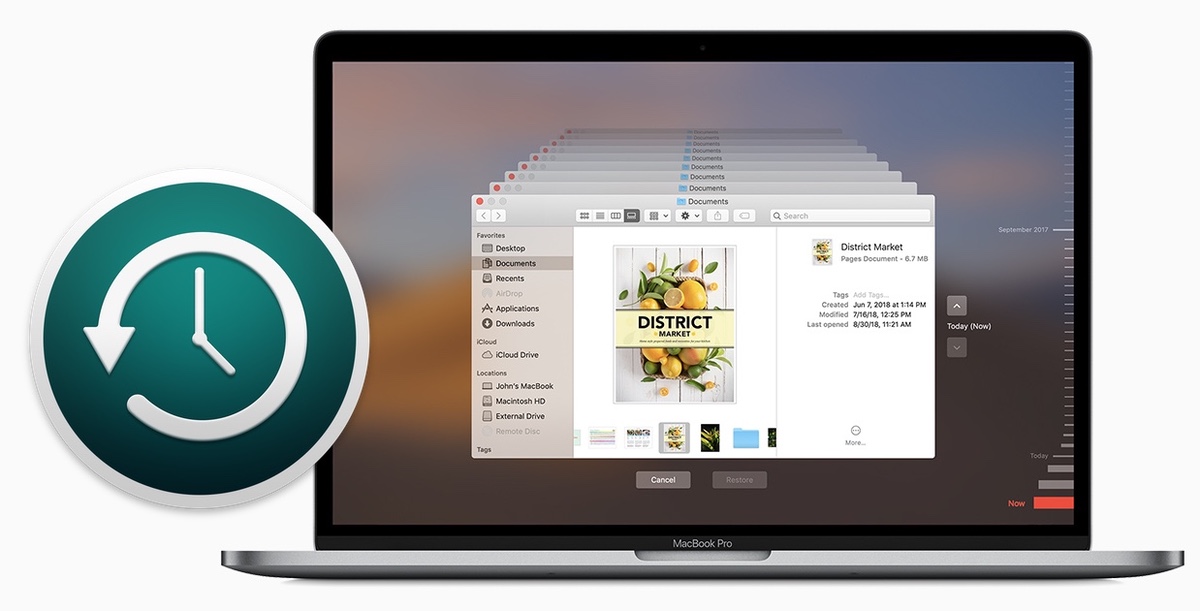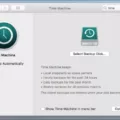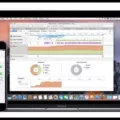Time Machine is a great tool for Mac users that allows you to back up important files and folders on your computer. It’s an easy way to protect yourself against data loss, especially if you have accidentally deleted something, or if your Mac has been damaged or stolen. One of the most important data backups you should make is for your Safari browser history.
Fortunately, Time Machine makes it easy to back up and restore your Safari browsing data whenever necessary. Here we’ll walk you through the steps of using Time Machine with Safari.
Step 1: Close Safari and Open Finder. Select your user account under Places (There will be a Home icon next to it).
Step 2: Open the Library folder, then open the Safari folder.
Step 3: Open Time Machine – Time Machine will open displaying the Safari folder in which you’ve navigated to.
Step 4: Use the arrows and timeline to browse through past versions of the folder in order to find what you are looking for.
Step 5: Right-click on the bookmark file and select “Restore” from the drop-down menu when you find what you need.
With this simple process, you can easily restore all of your deleted bookmarks or other items that have been lost from your browser history with just a few clicks of your mouse! So don’t worry if something goes wrong – just remember that Time Machine has got your back!
Using Time Machine on Safari
Time Machine is an incredibly useful tool that allows you to back up and restore your Mac’s files. It’s especially useful for recovering deleted files or restoring Safari history. To use Time Machine on Safari, first close Safari and open Finder. Select your user account under Places (There will be a Home icon next to it). Open the Library folder, and then the Safari folder. Now open Time Machine – Time Machine will open displaying the Safari folder in Safari you’ve navigated to.
From here, you can select the date and time of the backup you want to restore. Once selected, click Restore to restore the previous version of your Safari history from that date. This process works for any file or folder stored in your Mac’s Library, so it’s a great way to save yourself some hassle if something goes wrong with one of your applications!

Does Time Machine Save Safari History?
Yes, Time Machine can save Safari history. The backups created by Time Machine will contain all data stored in Safari including the browsing history, bookmarks, website data, and other information stored in the app. To ensure that all of your data is backed up, you should set up Time Machine to back up your Mac regularly. When you need to recover a deleted item from Safari, you can use the Time Machine backup to restore it.
Browsing Time Machine on Mac
Browsing Time Machine on Mac is quite easy. First, make sure the Time Machine icon is displayed in your Mac’s menu bar. If it isn’t, you can enable it by choosing Apple menu > System Preferences and clicking Control Center in the sidebar. Scroll down to Time Machine and select “Show in Menu Bar” from the pulldown menu.
Once the icon is visible, click it and use the arrows and timeline to browse the backups stored on your Mac. You can go back in time to view past versions of files as far back as when you first started using Time Machine. To restore a file or folder from a backup, simply select it and click Restore.
Restoring Safari Favorites Using Time Machine
Restoring Safari favorites from Time Machine is a straightforward process. First, open Spotlight by pressing Control + Space, then type in Time Machine to launch the app. Once Time Machine is open, you can browse through the hidden Safari folder over time to find the point when you think your bookmarks were deleted. Right-click on the Bookmarks file and select “Restore” from the drop-down menu. This will restore your bookmarks to their previous state. If you need to restore multiple versions of your bookmarks, you can right-click on the folder and select “Browse All Versions” – this will allow you to view each version of your bookmarks and choose which one to restore.
Browsing Time Machine Backup on Another Mac
Yes, you can browse Time Machine backups on another Mac. To do so, make sure that the other Mac is connected to the same network as the computer containing the Time Machine backup. Then, open Finder and select “Connect to Server” from the Go menu. Enter the IP address or name of the computer with the Time Machine backup in the field provided and click “Connect”. You should now be able to access and browse any of its shared files and folders, including any Time Machine backups stored there.
Troubleshooting Time Machine Issues on Mac
There are several possible reasons why you may be unable to open Time Machine on your Mac. First, make sure that your Mac is running the latest version of macOS. If you’re not sure, open the App Store app and check for any macOS updates that need to be installed.
Next, make sure you have a valid backup disk connected to your Mac. Time Machine requires a hard drive, or an external storage device like a USB flash drive, to back up your data. If the backup disk is not properly connected or powered on, Time Machine will not be able to access it and will not open.
Finally, if you are backing up over a network connection, make sure both your Mac and the backup disk are connected to the same network. If there are any issues with the network connection, Time Machine may not be able to access the backup disk and will not open.
Conclusion
Time Machine is a powerful tool for restoring deleted Safari data, such as bookmarks. By using the Time Machine feature, you can browse through your backups to find the bookmarks that were lost. All you need to do is launch Time Machine on your Mac, find the time around which you think your bookmarks were deleted, and then right-click on the Bookmarks file and select “Restore” from the drop-down menu. With Time Machine, recovering lost Safari history is fast and easy.








